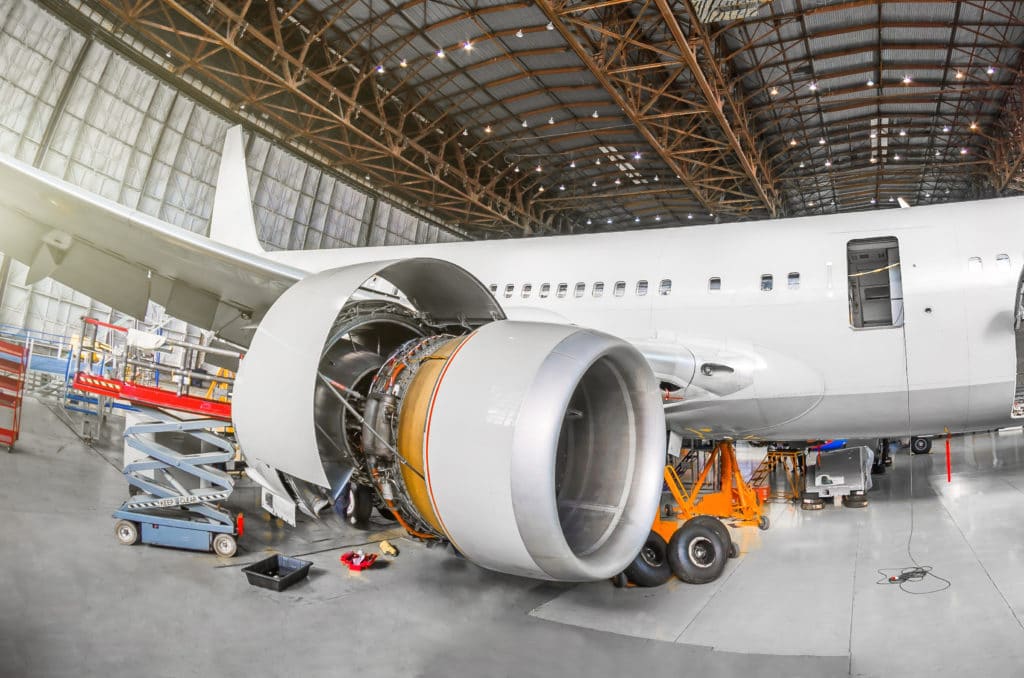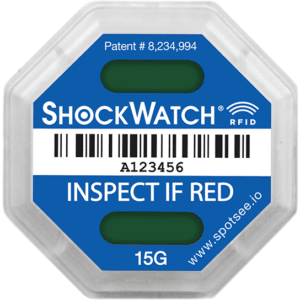RFID’s Essential Role in Aerospace Supply Chains
Using RFID tags – Radio Frequency Identification – is helping Boeing and Airbus reduce their parts inventory and speed aircraft repairs. These aerospace giants have each used RFID for years, gradually expanding its use throughout their logistics, maintenance and manufacturing operations to gain more accurate and timely information.
Airbus pioneered RFID in the aerospace supply chain, considering projects as early as the year 2000. Today, it uses passive and active RFID for real-time visibility when tracking work-in-progress, parts, kits, tools and other elements. As of 2018, it tracked nearly 3 million items used for aircraft production. With RFID, managers and operators can see what’s happening in real time for seamless interactions.
Boeing initially used RFID tags to gather data for parts histories by reading and writing data as each part was installed, inspected or repaired throughout its aerospace supply chain. This detailed history enabled more accurate lifecycle management for each part that also lowered the costs associated with tracking individual components. Since those early days, Boeing has expanded active, passive, and UHF RFID tracking to its internal manufacturing facilities. Now it tracks some 7,000 parts as they move around a facility before being assembled into aircraft.
Aerospace suppliers are using passive RFID tags, too, applying them to individual components before they are shipped to customers. Industry reports say this helps suppliers reduce inventory and enhance manufacturing efficiency. As RFID expands throughout their aerospace supply chains, the RFID tags help verify that third-party parts are genuine. Discussions within the industry include embedding RFID tags into components to prevent 3-D printed parts from being substituted for original parts, thus minimizing the use of unapproved parts and enhancing safety.
Airlines Rely on RFID Tags From Supply Chains to Baggage
Today, Boeing and Airbus consider passive RFID tags fundamental to their operations. Following their lead, airlines and other aerospace entities also are incorporating RFID tracking into their operations.
Delta has used RFID in its maintenance operations since about 2015. For example, by tagging each cabin’s emergency equipment, it gets maximum shelf life from each life vest, oxygen generator, oxygen bottle, medical kit, defibrillator and other equipment. It also uses passive RFID tags to identify and track tire inventory and other items.
Likewise, Lufthansa has used RFID tags to replace manual tracking of items through its logistics, warehousing and material supply system since 2013. Initially, it used the tags to track products – like sealers, adhesives, and paints – that have expiration dates.
Now, airlines are beginning to use passive RFID tags for passenger’s baggage, too. IATA’s Resolution 753 (effective in 2018) mandates tracking passenger baggage at four points during a journey. IATA (the International Air Transport Association) reports that many airlines – including Air France and British Airways – are switching from barcodes to passive RFID tags, saying they are more effective. An IATA study showed that using passive RFID tags reduced lost and mishandled baggage by 25 percent compared to the standard practice of barcoding. Because it allowed more automation, RFID tags also enabled faster loading and off-loading. As a result, RFID baggage tagging is rolling out to Tier 1 and 2 airports around the world.
Passive RFID tags are even used by NASA on the International Space Station to track tools and equipment as they move throughout the station.
RFID Can Even Monitor Handling in the Aerospace Supply Chain
While these organizations use RFID to track parts as they move throughout their aerospace supply chains and internal facilities, the tags also can be used to monitor the care and handling of each part.
SpotSee’s ShockWatch RFID® tag effectively consolidates tracking and condition monitoring into one program that is easily managed through a warehouse management or enterprise resource planning system. Consequently, using ShockWatch RFID to deter, detect, and diagnose damage, it is virtually impossible for damaged parts – even those with hidden damage – to enter into inventory. Here’s why:
- These passive RFID tags are field-armable, recording impacts above specific thresholds.
- Each time a part’s UHF RFID tag is scanned, any impacts that exceed thresholds are read and entered automatically into the warehouse management or enterprise resource planning system.
- The passive RFID tags turn red if thresholds are exceeded, providing a visual backup to spot potential damage.
Condition monitoring is a proactive approach to risk mitigation. For example, impact monitoring programs have minimized damage in the supply chain by 40 to 60 percent. Such a program drives accountability and when handlers know any damage can be tracked back to them, they are more careful.
Actionable Data Throughout the Aerospace Supply Chain with ShockWatch RFID
The process is simple. The RFID tag reported no impacts at point X, but indicated an impact when it was next read at point Y, so the impact must have occurred between those two points. Responsibility is clear-cut. This knowledge is valuable when working with insurers, as well as when choosing carriers or designing packaging.
Risk prevention is about more than assigning accountability, of course. Knowing the impacts parts and components experience before they are installed helps managers design ways to minimize damage in the future. Having the answers to “what, when, where and who” when analyzing damage trends gives aerospace supply chain managers the statistical data they need to optimize the supply chain — retrain handlers, redesign packaging, update procedures or change logistics providers.
Implementing the ShockWatch® RFID program to deter, detect and diagnose is easy. The tags can be read by any existing UHF RFID tag reader. They don’t need line-of-sight, either, so they can be attached to components deep inside pallets or cartons and still be read remotely at each handoff. The tags are tamperproof, too. Because each tag has a serial number, you can be sure the tag you started with is the tag that’s read at the destination.
Contact SpotSee with the form below to learn how ShockWatch® RFID tags can provide a comprehensive solution to parts tracking and condition monitoring in the aerospace supply chain and throughout other industries, too.










